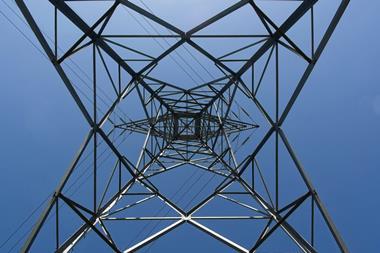There are still many unknowns about the impact of the COVID-19 pandemic on the infrastructure sector, but airports are likely to be the hardest hit sector.
According to UBS-AM Real Estate & Private Markets’ latest Outlook Special report, which focuses on the potential impact of the outbreak on global infrastructure markets, the impact of the spread of COVID-19 has been more severe than initially expected.
“Of most relevance to infrastructure investors is the likely sharp contraction in gross domestic product (GDP) growth (at least in the short term), lower oil prices and stress in the credit markets,” the report said.
Infrastructure companies could also face operational issues if employees are unable to work or supply chains are interrupted, it said.
According to the UBS-AM report, the sectors most exposed to an economic shock are GDP-correlated assets such as airports, ports and toll roads. The impact on demand-based transportation is more pronounced as countries around the world ramp-up travel bans and advise against non-essential travel.
As with previous pandemics such as SARS and Ebola, airports are likely to be the hardest hit sector.
”In addition to being highly correlated to GDP, the extensive travel bans being imposed globally will have a detrimental impact on passenger numbers.”
The report said other user-paid transportation assets such as toll roads, carparks and ferry companies will be similarly impacted by a partial or full shutdown of economies.
”While the concern for these assets is liquidity in the short term, the performance of these assets would be impacted in the longer term if GDP growth forecasts are revised downwards.”
UBS-AM said ports have fared better to date, ”perhaps reflecting their lower exposure to passengers and that they may not yet have received the full impact of the China shutdown”.
According to the report, other infrastructure sectors like regulated utility networks remain relatively resilient to the near-term volatility, given their cash flows are protected by regulations or long-term contracts.
For the social infrastructure sector, the impact on public-private partnerships is likely to be limited as these projects typically have long-term availability-based contracts that are less dependent on volume developments.
The communications infrastructure assets such as fibre, towers and data centres may record some positive impact as a result of a surge in data usage as many countries in lockdown requiring the population to work from home.
”However, it is not all rosy for the sector. The current surge in data usage is putting a strain on some networks, which could elevate operating costs in the near term.
“In addition, as in the case of utilities, telecommunication companies may experience increasing bad debts from the end consumers.”















